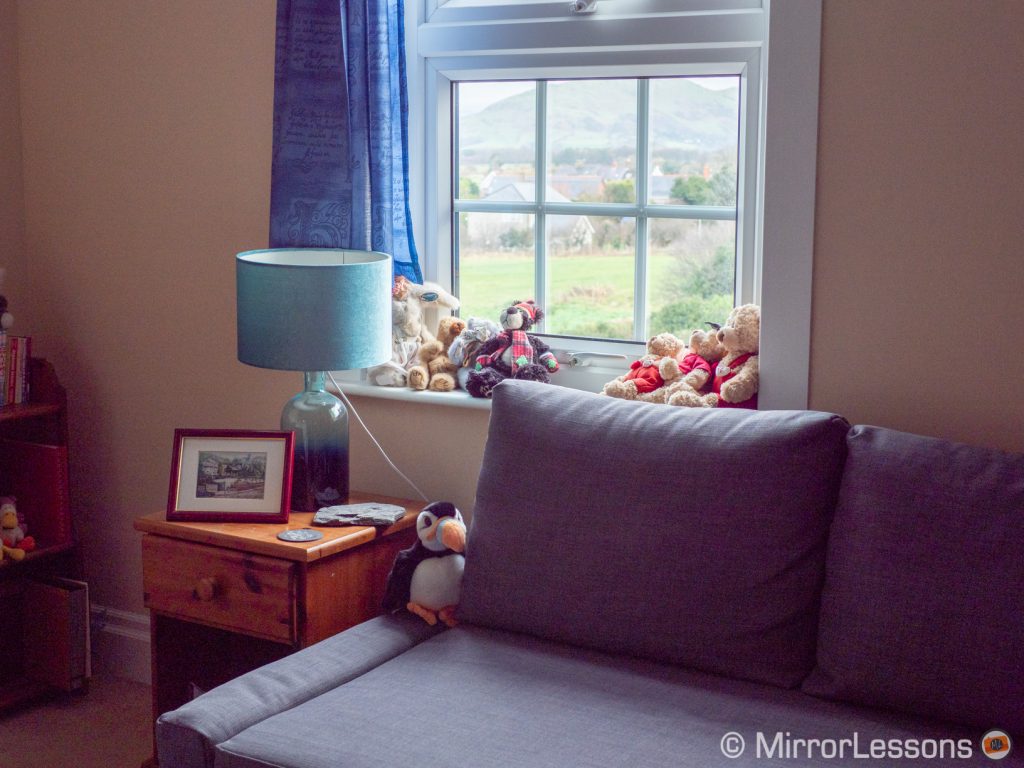
- #Iridient developer for olympus review how to
- #Iridient developer for olympus review full
- #Iridient developer for olympus review mac
Here they probably will pick up on the pattern and might well reject the images. A typical example might be when you submit images to a stock library for sale. Where this effect does cause a problem, is if you are submitting your images to others for inspection. For these reasons, I say that it doesn’t matter. If you are going to be printing the image, the softening effect of printing will also remove the pattern. The act of down sampling will remove some of the “Wiggly Worm” effect and can even remove it completely depending on how much you reduce the image size. If you are going to be displaying your image on the internet, then you will most likely be down sampling them. Well, I tried this and to my eyes at least, a small amount of Capture Sharpening in Lightroom seems to produce better results when sharpened a second time outside Lightroom.īut does all this pixel peeping matter? My answer to this question is yes and no. You may now be wondering why bother with Lightroom capture sharpening at all and simply apply Capture Sharpening in another tool. Section of image following application of Smart Sharpen, viewed at 100% magnification. You can see a further example here viewed at 100% magnification. Although the images coming from Lightroom are slightly softer, they respond so much better to additional capture sharpening using Nik RAW Sharpener or Photoshop Smart Sharpen. The image is a little softer but much more natural.įollowing this approach, I have found I can minimise the “Wiggle Worm” effect whilst producing images with greater detail. This used the settings or Radius = 0.8, Amount = 30, Detail = 30 and Masking = 0. Section with alternate sharpening settings. Here is the same example but sharpened using much less aggressive settings. Limit the sharpening applied in Lightroom. So, what does this mean and how can you use it? The Detail slider has less of an effect because it sharpens only very high frequency details. You only need to increase it slightly and the effect is emphasised. Effectively the edges are becoming over sharpened, which is why the Amount slider has such an impact on the result. The “Wiggly Worm” effect seems to be created when the edges in areas of fine detail become exaggerated. Only when the Masking is set to 0 is the entire image sharpened. Masking causes the sharpening effect to be concentrated onto the edges in the image. The culprits that seem to exaggerate the problem are the Amount and Masking sliders. The example I showed above was created using the default Lightroom Radius setting of 1, an Amount setting of 45, a Detail setting of 75 and Threshold of 10. But I have changed my mind and now think it’s the sharpening routine that creating much of the problem. I had originally put the effect down to the demosaic routine that converts the RAW file.
#Iridient developer for olympus review how to
I have therefore been looking at how to reduce the “Wiggly Worm” effect and I think I have hit on something. I can easily avoid the problem by switching to Iridient Developer or RAW Therapee but I like working in Lightroom.
#Iridient developer for olympus review full
Click to topen the image at full resolution.
#Iridient developer for olympus review mac
To illustrate the problem, a look at the image below which has been magnified at 2:1 in Lightroom you may need to double click the image to open it at full resolution (I was also running my Mac at 2048 x 1152 when I took the screen shots so this will magnify the image further).

This is a real shame, especially as I use Lightroom for much of my cataloguing and image management. You tend to find this in areas of fine detail when converting RAW files using Lightroom or Adobe Camera RAW. There is though one problem that has niggled me for a while and this is the “Wiggly Worm” pattern. In fact, the 10-24 and 16-55 lenses are nothing short of exceptional. I like the handling of the camera and also the lens quality despite a couple of problems.

Whilst I have only had a few outings, I’m very pleased with the results. I have now been shooting with the Fuji X-T2 for a couple of months. Fuji XT2 + 16-55 lens + 0.3 ND Grad filter.


 0 kommentar(er)
0 kommentar(er)
